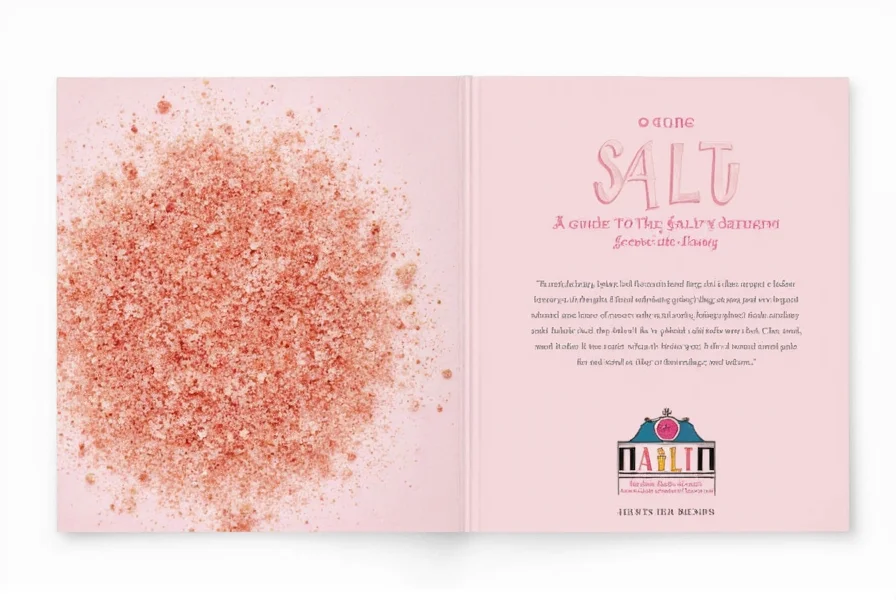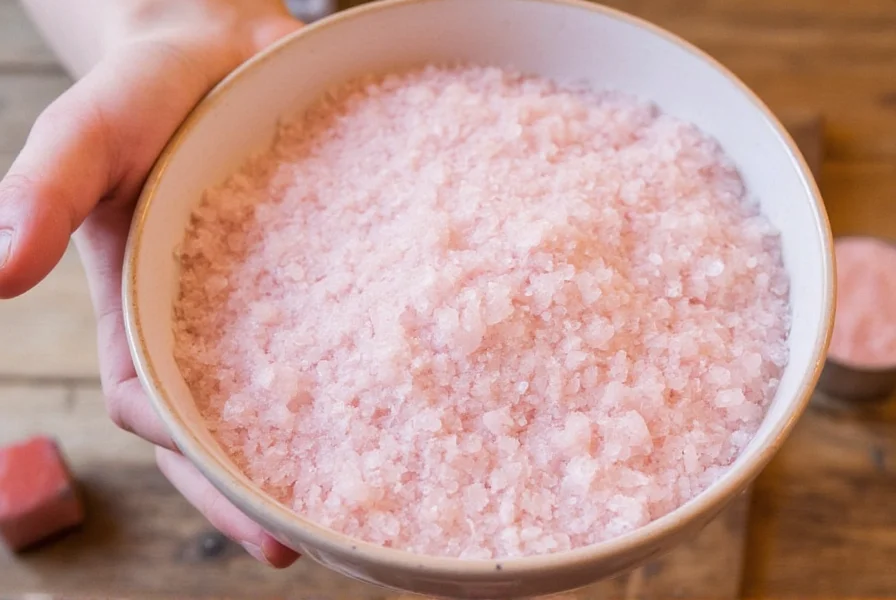Why Pink Cure Salt is a Game-Changer in Your Kitchen: A Beginner’s Guide
Table of Contents
- Introduction to Pink Cure Salt
- What Exactly is Pink Cure Salt?
- The Science Behind Curing Meat
- Practical Tips for Using Pink Cure Salt
- A Buying Guide for Pink Cure Salt
- Common Myths and Misconceptions
- Conclusion
Introduction to Pink Cure Salt
Welcome to the wonderful world of curing! If you’ve ever marveled at a perfectly pink slice of prosciutto or enjoyed the smoky goodness of homemade bacon, then you’re already familiar with the magic that pink cure salt brings to the table. This essential ingredient might look like any other salt on your shelf, but it holds the key to preserving meats and enhancing their flavors in ways that no ordinary seasoning can.
What Exactly is Pink Cure Salt?
Pink cure salt, also known as Prague Powder or InstaCure, is a specially formulated curing salt used primarily in meat preservation. It contains sodium nitrite, which gives it its characteristic pink color (to distinguish it from regular table salt) and plays a crucial role in preventing the growth of harmful bacteria, such as botulism. Beyond safety, pink cure salt helps retain the vibrant red hue of cured meats while infusing them with a unique flavor profile that defines many traditional dishes.

The Science Behind Curing Meat
Curing is an ancient technique designed to extend the shelf life of perishable foods, particularly meat. When pink cure salt is applied, it reacts chemically within the muscle tissue of the meat, creating conditions that inhibit bacterial growth. Simultaneously, it triggers reactions that preserve the natural pigments in the meat, ensuring that even after weeks or months, your salami still has that appetizing crimson glow.
Fun Fact: The process not only enhances appearance but also develops complex flavors by slowing down enzymatic activity during curing. This means that over time, your ham or sausage will develop deeper layers of taste, all thanks to pink cure salt!
Practical Tips for Using Pink Cure Salt
Tip #1: Start Small
If you're new to curing, don't dive straight into large batches of meat. Begin with smaller portions so you can experiment without wasting ingredients. A pound of pork belly makes an ideal test batch for beginners looking to make bacon.
Tip #2: Measure Accurately
Precision matters when working with pink cure salt because too much sodium nitrite can be toxic. Always follow recipes carefully and invest in a reliable kitchen scale to measure quantities accurately.
Tip #3: Store Properly
Once opened, store your pink cure salt in an airtight container away from children and pets. Label it clearly to avoid confusion with regular salt or sugar—safety first!
Tip #4: Experiment with Flavors
While pink cure salt does most of the heavy lifting, don’t shy away from adding herbs, spices, and sweeteners to create custom blends. For example, try mixing maple syrup with brown sugar for a sweeter bacon twist.
| Tips | Description |
|---|---|
| Start Small | Begin with manageable portions to gain confidence. |
| Measure Accurately | Use precise measurements to ensure safe results. |
| Store Properly | Keep pink cure salt secure and labeled. |
| Experiment with Flavors | Add personal touches to enhance your creations. |
A Buying Guide for Pink Cure Salt
When shopping for pink cure salt, consider these factors:
- Type: Look for products labeled “curing salt” or “Prague Powder.” Some brands offer variations like Prague Powder #1 (for shorter cures) and Prague Powder #2 (for longer aging periods).
- Purity: Ensure the product contains pure sodium nitrite and minimal additives. Higher quality salts often come with better guarantees about ingredient sources.
- Price: While price doesn’t always equal quality, premium brands may provide more consistent performance. Balance cost against reliability based on your needs.
- Reviews: Read user reviews to gauge satisfaction levels among other home curers. Their experiences can help you avoid common pitfalls.
Pro Tip: Expand on the pink cure salt by choosing one specifically tailored to your recipe type, whether it’s for quick-cured sausages or slow-aged hams.
Common Myths and Misconceptions
Let’s debunk a few myths surrounding pink cure salt:
- Myth: Pink cure salt is unsafe to consume.
Fact: When used correctly according to guidelines, it poses no significant health risks. In fact, it prevents dangerous bacteria from forming in cured meats. - Myth: All nitrates are artificial.
Fact: Nitrates occur naturally in vegetables like spinach and celery, though processed versions are purified for culinary use. - Myth: You can substitute regular salt for pink cure salt.
Fact: Regular salt lacks the necessary compounds to prevent spoilage and achieve the desired texture and flavor in cured meats.

Conclusion
Incorporating pink cure salt into your cooking repertoire opens up endless possibilities for crafting delicious, long-lasting cured meats right at home. From understanding its science to mastering practical techniques, this guide aims to equip you with everything you need to succeed. So go ahead, grab your apron, and start experimenting—you’ll soon discover why pink cure salt is truly a game-changer in the culinary world!










 浙公网安备
33010002000092号
浙公网安备
33010002000092号 浙B2-20120091-4
浙B2-20120091-4